…Is what all my friends, family, and coworkers have been asking me! This month’s post is dedicated to answering that question. I could make the cliché response that I love my job so much, I feel like I’m not working. Aside from general daily/weekly tasks (laundry, meal prepping, self-care, etc.), I still have a good chunk of time to myself on weekdays and weekends. When Texan tourists seek out the natural air conditioning of the high-elevation Sacramento Mountains, I descend into the desert to go rockhounding and botanizing (with some basketry and hiking mixed in).
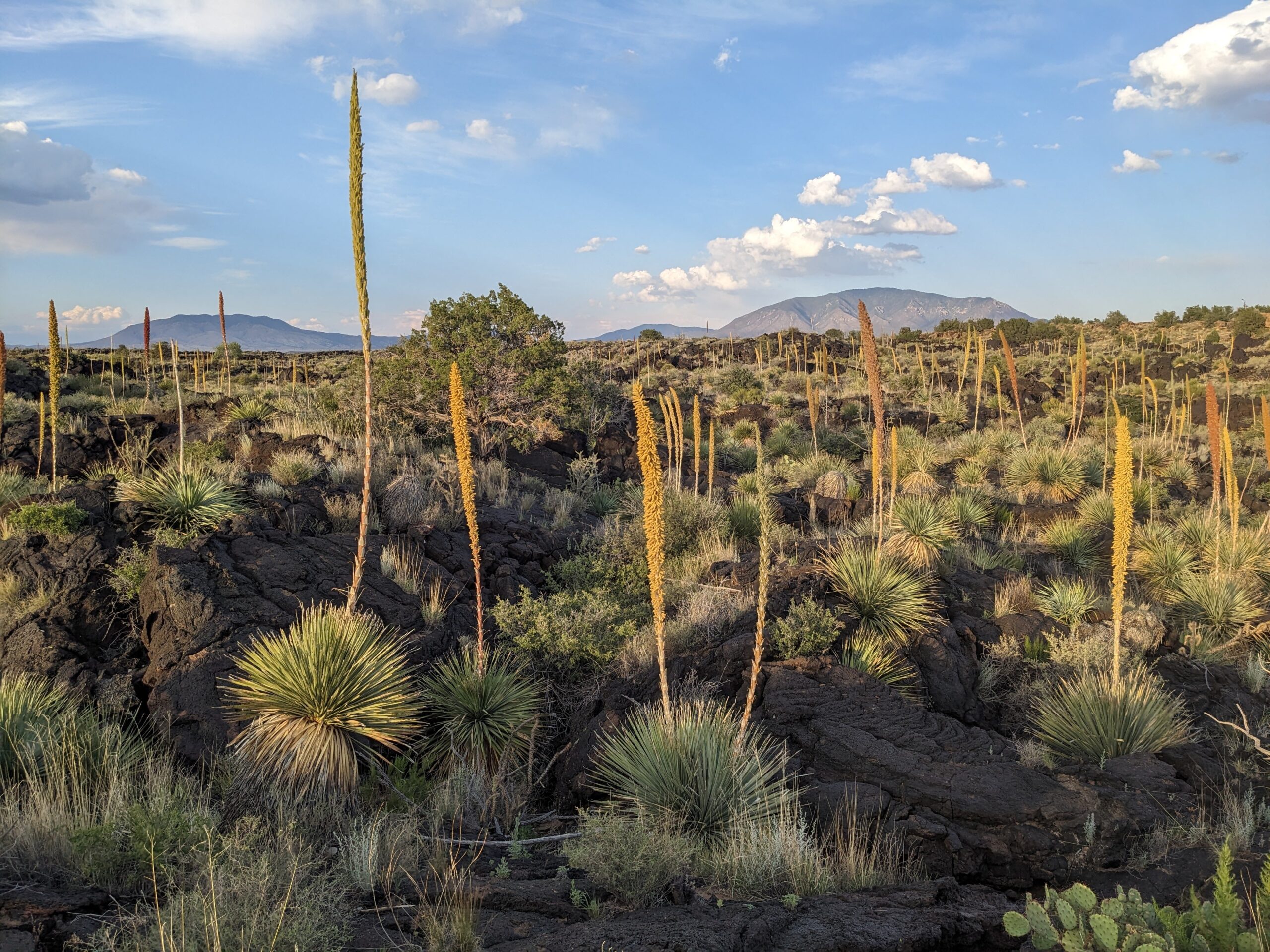
One place I’ve had the chance to visit several times this summer is the Bureau of Land Management (BLM) Valley of Fires Recreation Area. The Valley of Fires is just a 40-minute drive from Ruidoso near Carrizozo. Here, you can explore the Malpais Lava Flow. The name “Malpais” refers to the rough terrain, or “bad country”, that was a significant barrier to hooved animals and wagons. Now, a paved educational path makes it easy to walk on the craggy rocks. Not as hot as lava (but still pretty hot) is the black basalt that absorbs the heat from the desert sun. The Malpais Lava Flow is one of the longest young lava flows in the United States and is an example of a tube-fed “pahoehoe” (ropy lava) system. Researchers constrained its formation to ~5,200 years ago using cosmogenic radionuclide dating techniques. Little Black Peak–a ~100 feet tall cinder cone–is thought to be the source where an eruption likely initiated from a fissure vent, eventually progressing into a single vent that produced the cinder cone. Despite the hostile environment, many plant species typical of the Chihuahuan Desert can be found here. Animals include a number of snake and lizard species, bats, and mule deer. Many bird species also inhabit the lava flow, including roadrunners, quail, burrowing owls, and cactus wrens.
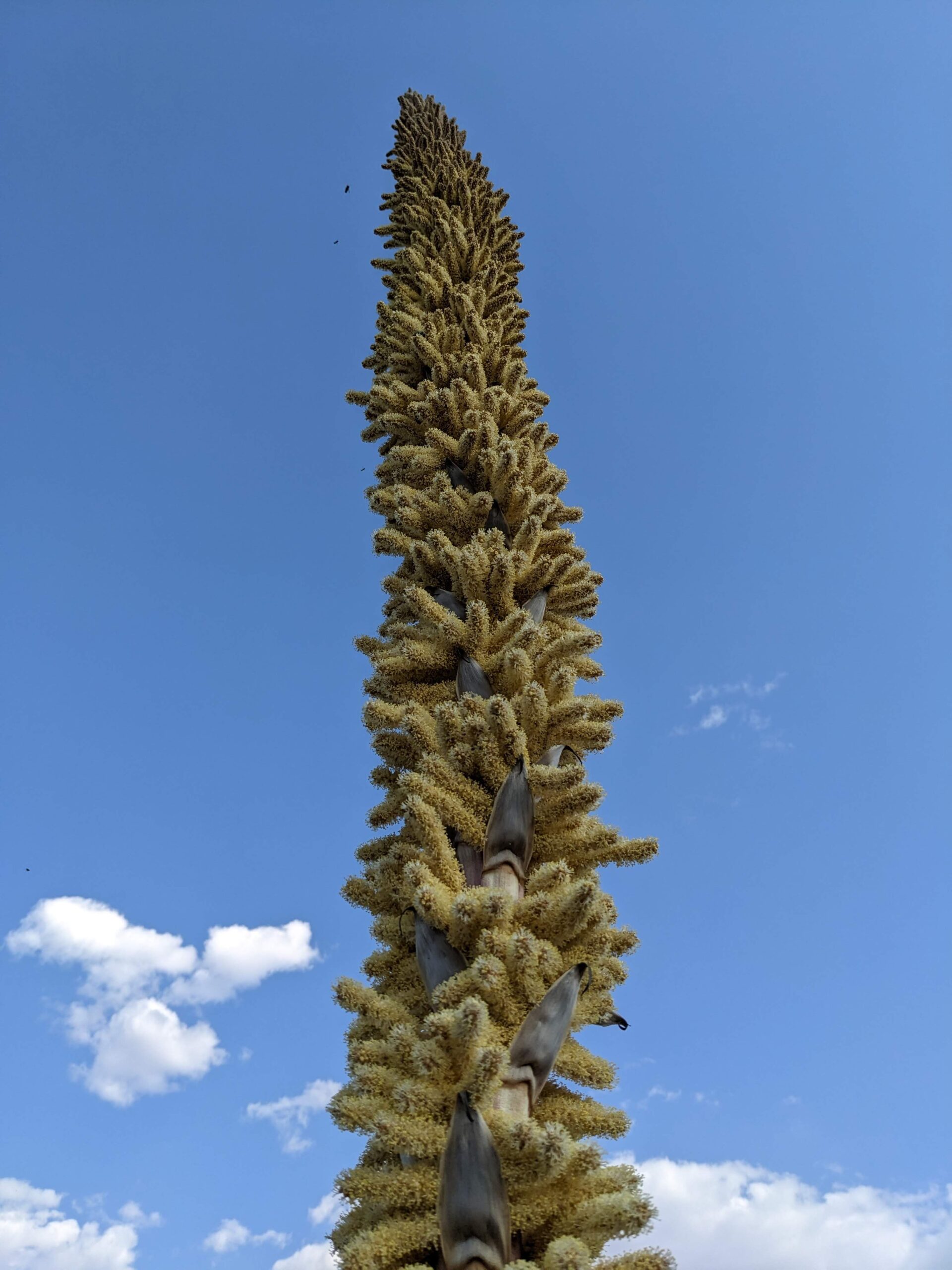
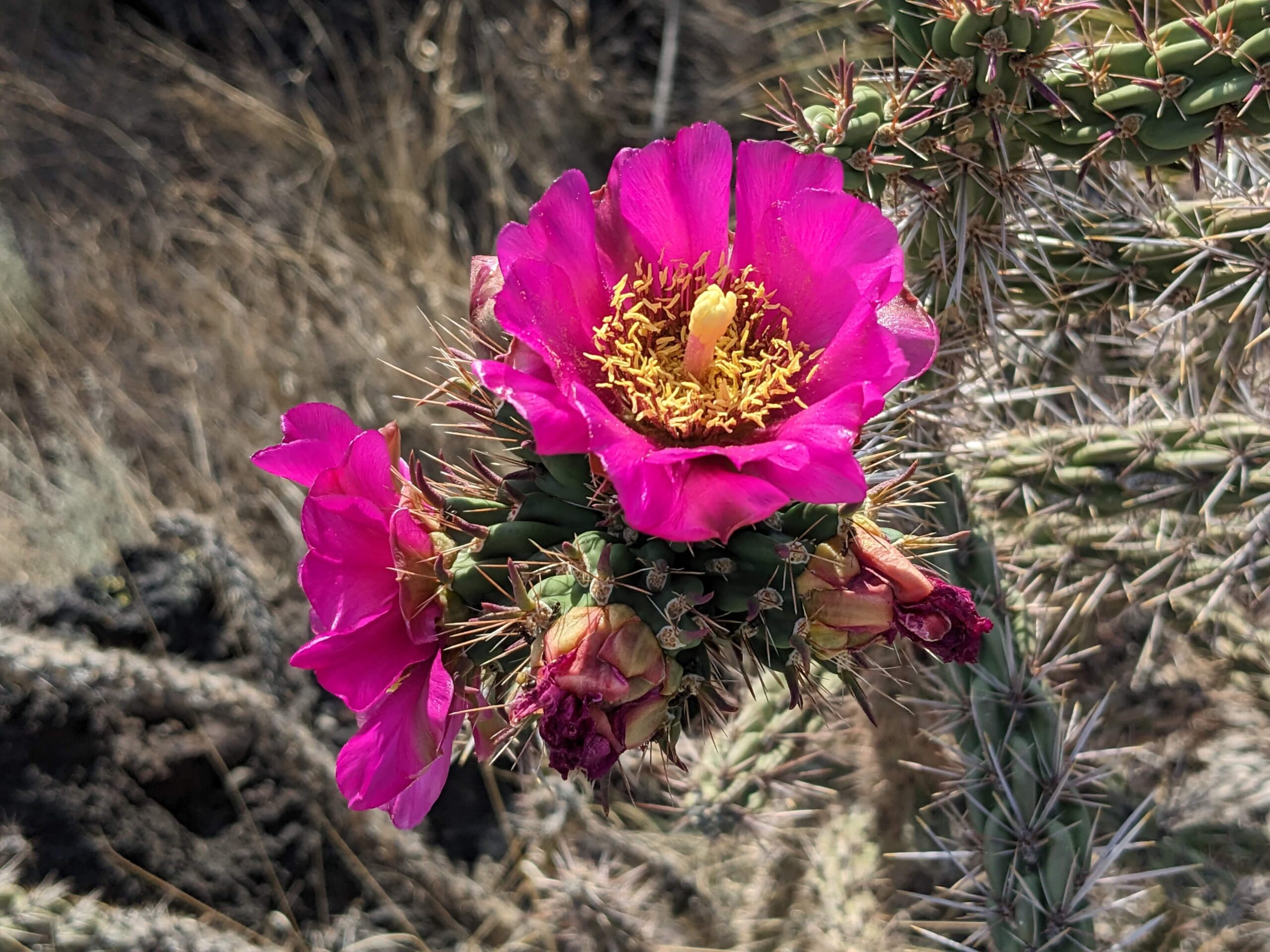
I still don’t know as much detail as I’d like about regional geologic history–especially about the formation of the Sacramento Mountains. I keep eyeing a copy of “The Geology of Southern New Mexico’s Parks, Monuments, and Public Lands” in the Ranger District’s gift shop. Maybe I’ll bring it home soon! In the meantime, I resort to the local public library to find resources on geology and rockhounding. I was able to get a Library card using an addressed letter from a friend (thanks, Julia!). While small, the Ruidoso Public Library has a decent hobby section. I found a Falcon Guide on the “140 best” rockhounding sites in New Mexico. “Eureka!”–or so I thought. I would spend the next four weekends venturing to a new location only to be disappointed over and over again. It appears that many publicized locations are over-collected. In the case of Ancho Gulch, people placed mineral claims since the guide was published in 2021! So my best bet was either to own private property (or be friends with someone who does) or persevere. I don’t plan on buying land anytime soon, so the latter was really the only option.


That plan worked for two localities: an old copper mine in the Gallinas Mountains and exposures of the Seven Rivers Formation along the Pecos River. Tailings from the copper mine weather into chrysocolla, malachite, and azurite. The “mine” is adjacent to an old fluorite mine, though I came up empty there with the exception of a sulking Southwestern fence lizard (Sceloporus cowlesi, right). Finding the copper minerals was relatively easy–their vibrant green provides a stark contrast against the sandy red soil. They erode out of the roadcut along the Forest Service Road, so minimal digging was required.
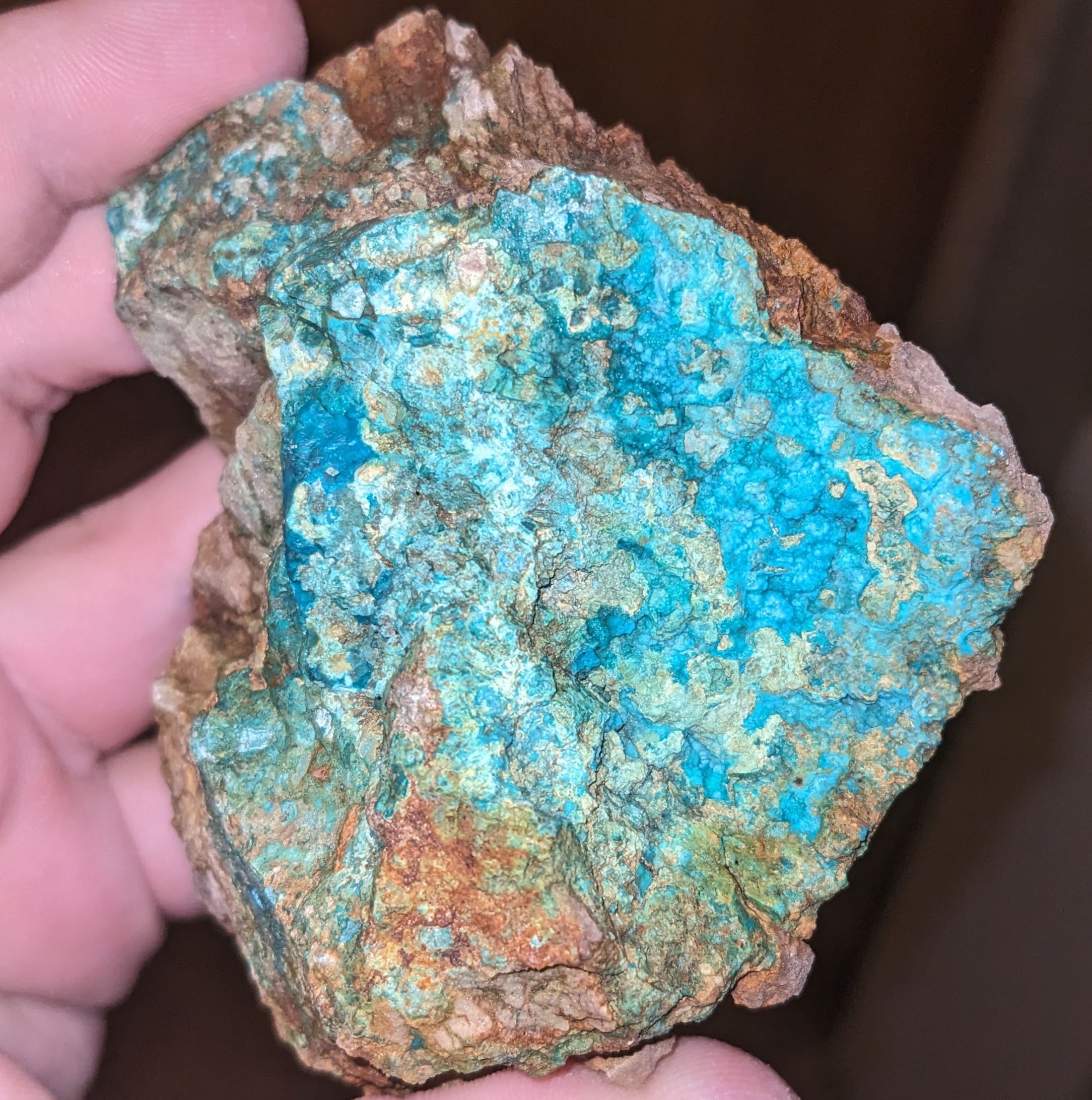
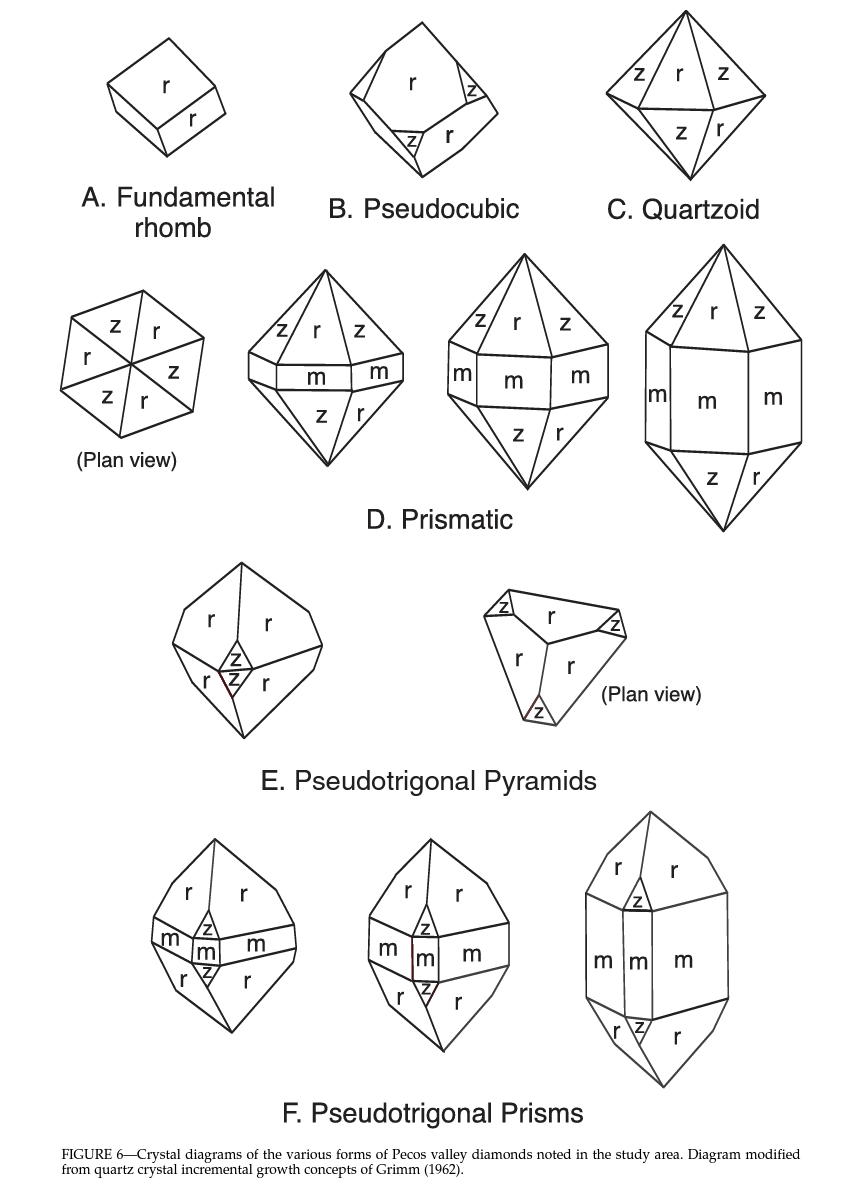
Pecos diamonds can be found just east of the banks of the Pecos River at the second locality. A more fitting name would be “Pecos double-terminated quartz crystals”, but that’s a mouthful and not as cool-sounding as “diamond”. They vary in color, shape, and size. Some have an elongated, prismatic form, while others are pseudotrigonal prisms or even pseudocubic. The diamonds are exclusively found in weathered outcrops of the Seven Rivers Formation (part of the Artesia Group), which is a saline or shelf facies that was deposited during the Permian. Shelf facies are rocks deposited at or near the continental shelf in warm, shallow, salty waters.

edaphic (soil-based) endemism across many different genera.

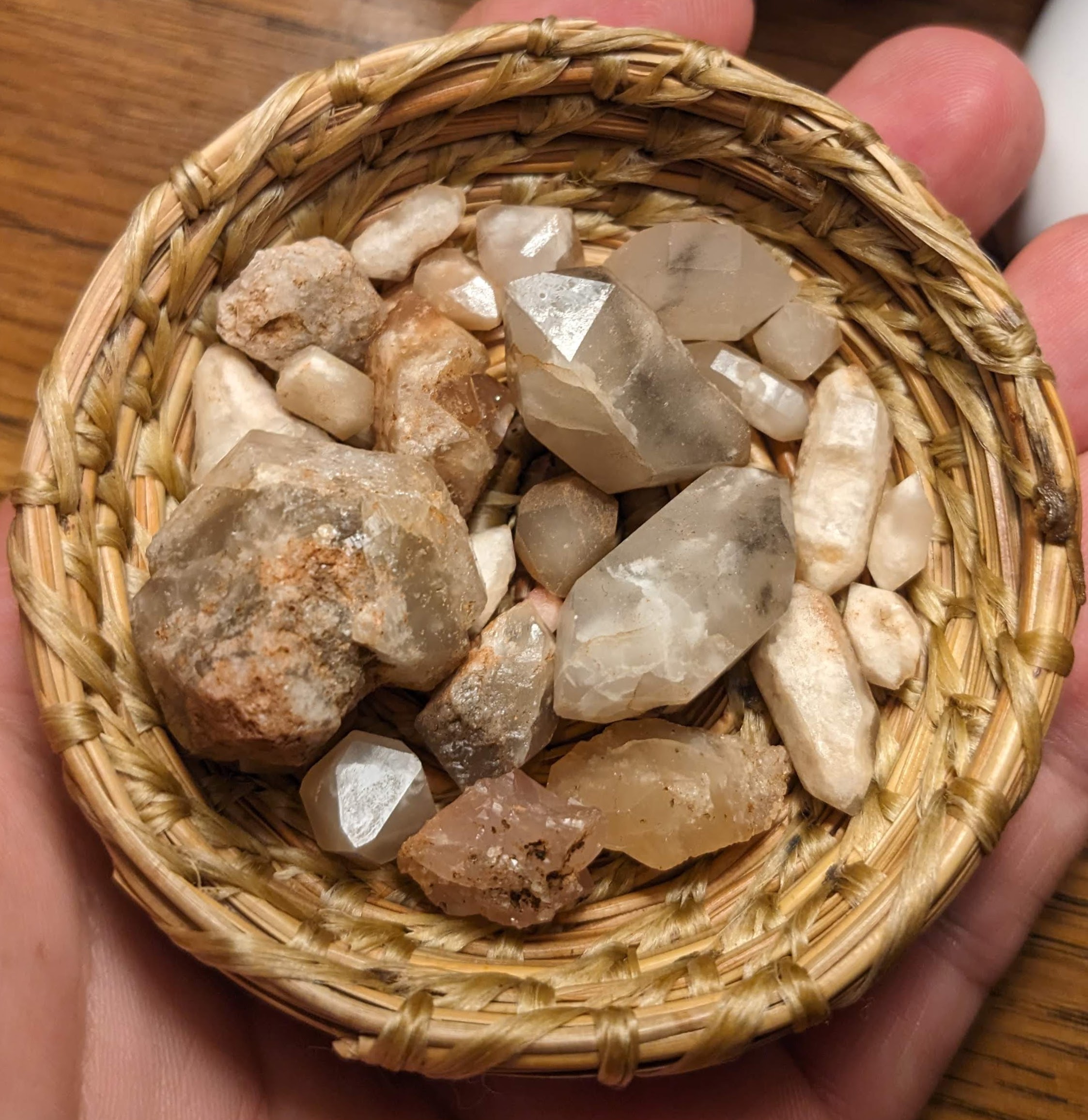
Here, you can see the variation in the diamonds that I found. The two most common colors were cloudy-white and semi-translucent gray, while the dominant form is prismatic. I decided to store them in a small, coiled, Ponderosa pine needle bowl I made from locally-sourced pine needles.
I wanted to make something place-based that I could take with me after this position so I could have something meaningful to remember it by. Nothing has left as much of an impression on me as the Ponderosa pine. Between its vanilla-scented reddish bark (one even smelled like orange-creamsicle!) and long needles, I have been obsessed with it since moving to New Mexico. I did some research on indigenous basket weaving and learned about the coiled longleaf pine (Pinus palustris) needle baskets of the Seminole and Choctaw nations. The Mescalero Apache also make coiled baskets, though yucca is the more commonly used material. Baskets are made using a similar technique to coiled pottery, where each coil/bundle is placed on top of the previous coil. Thinner or thicker coils can be used depending on the size of the basket, while the basket walls can be shallow or steep, resulting in a diversity of forms.
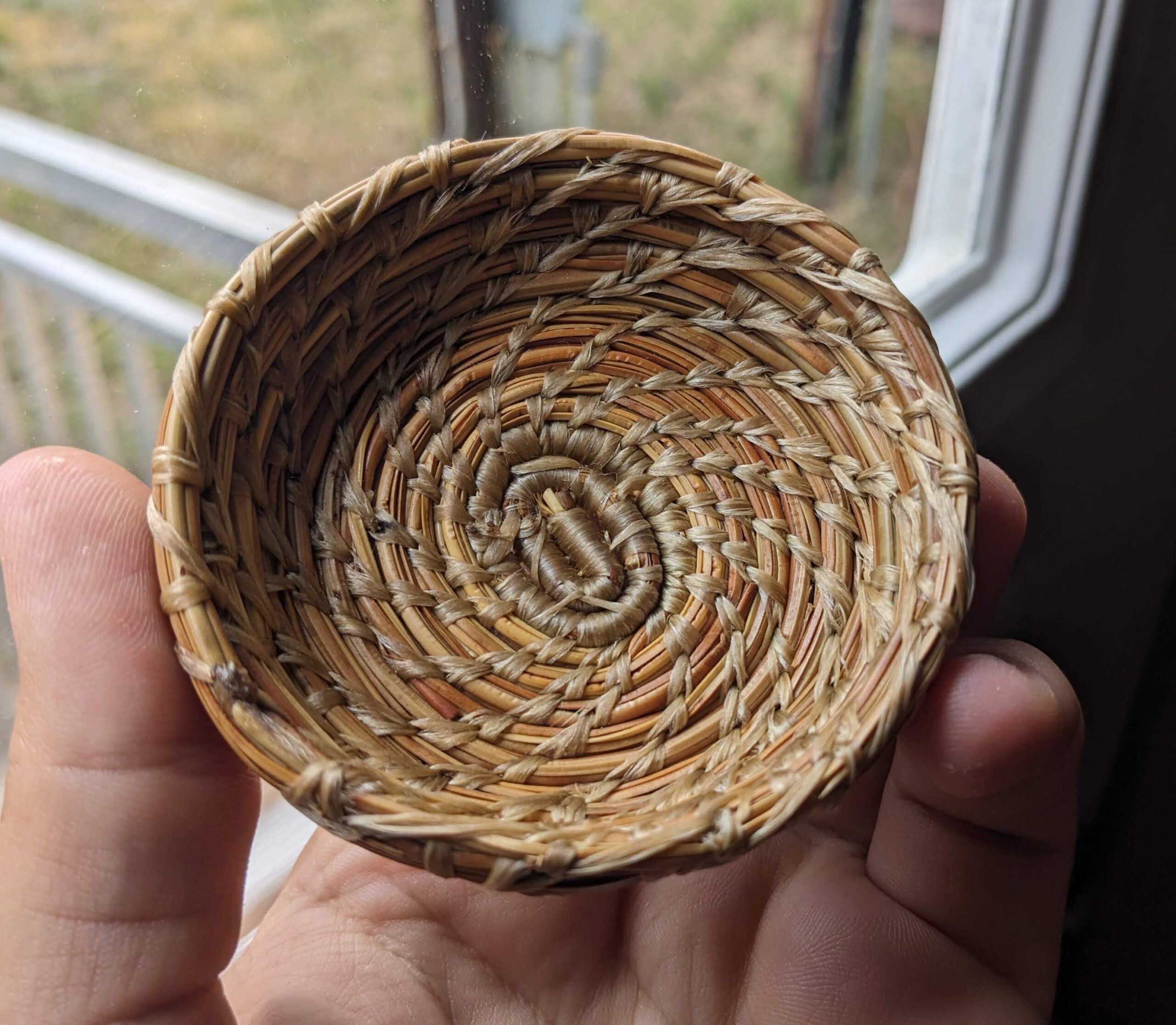
I took on this project as a way to weave a utilitarian (though still aesthetic) object that symbolizes more than just a cool basket: A basket that was woven with intention and respect for the tree that gifted the needles, gathered one fascicle at a time from the forest floor. Something that will remind me of the knowledge of indigenous communities and caretakers of this land. I could make more baskets if I wanted to gift them to friends/family. Someone even suggested I sell them! That would cross a moral boundary. I am content with just this one.
Further Reading on Gypsum Endemism:
https://www2.oberlin.edu/faculty/mmoore/gypsophily.html
https://www2.oberlin.edu/faculty/mmoore/Colorado_Plateau.html

Awesome basket! What did you make it out of?
Nevermind… I didn’t read hard enough 🙂